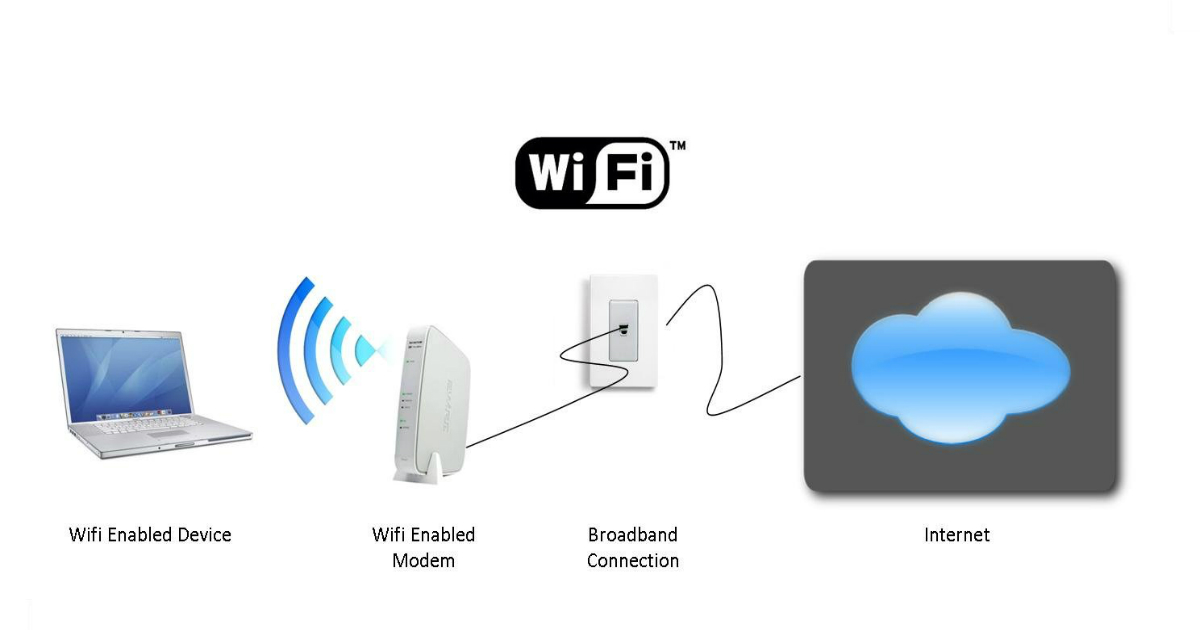Meta Platforms (formerly Facebook) has introduced Meta AI, an AI assistant, powered by Llama 3 language model, designed to be your one-stop shop for information, chat, and creativity. This means you can get real-time information on Facebook, WhatsApp, Messenger, and Instagram without ever leaving the app!
Meta AI’s search strategy is an intriguing twist. While it may appear to be a competitor to Google and Bing, it contends that Meta AI is not a competitor, but rather a collaborator. Here’s why:
By relying on established search engines as sources, Meta AI positions itself as a user-friendly tool that combines the best of Google and Bing. Imagine getting results from both Google and Bing in the same search. As you are exposed to different points of view, you may gain a more comprehensive understanding of the subject. They’re calling it the “most intelligent AI assistant that you can freely use,” so it will be interesting to see how it compares to other assistants on the market.
How does Meta AI help you?
Search Powerhouse: Meta AI combines Google Search and Microsoft Bing results to provide you with a more comprehensive view of your queries.
Chatty companions: Need answers or simply want to talk? Type “@MetaAI” into Facebook Messenger, Instagram, or WhatsApp and let the conversation begin.
Creative Spark: Feeling artistic? Meta AI allows you to create custom stickers and photos based on your text descriptions.
Where to Find Your Meta-AI Buddy:
- Look for Meta AI in the search bars on Facebook, Instagram, Messenger, and WhatsApp.
- To respond to posts, interact with Meta AI directly in Facebook’s main feed.
- Explore the new meta.ai website for extended conversations.
- Type “Imagine” into your WhatsApp chat to generate real-time images.
- The future may even include access via Meta’s VR headsets and Ray-Ban smart glasses.
The Future of AI Assistants
Only time will tell how Meta AI integrates into our lives, but it certainly offers a glimpse into an interactive future where AI assistants cater to our search, chat, and creative needs. Whether Meta AI becomes a true partner to search giants or forges its own path remains to be seen.
Meta AI promises a brand new way to search and interact with information. Do you think this AI assistant will change the way we use social media? Share your thoughts in the comments below!

